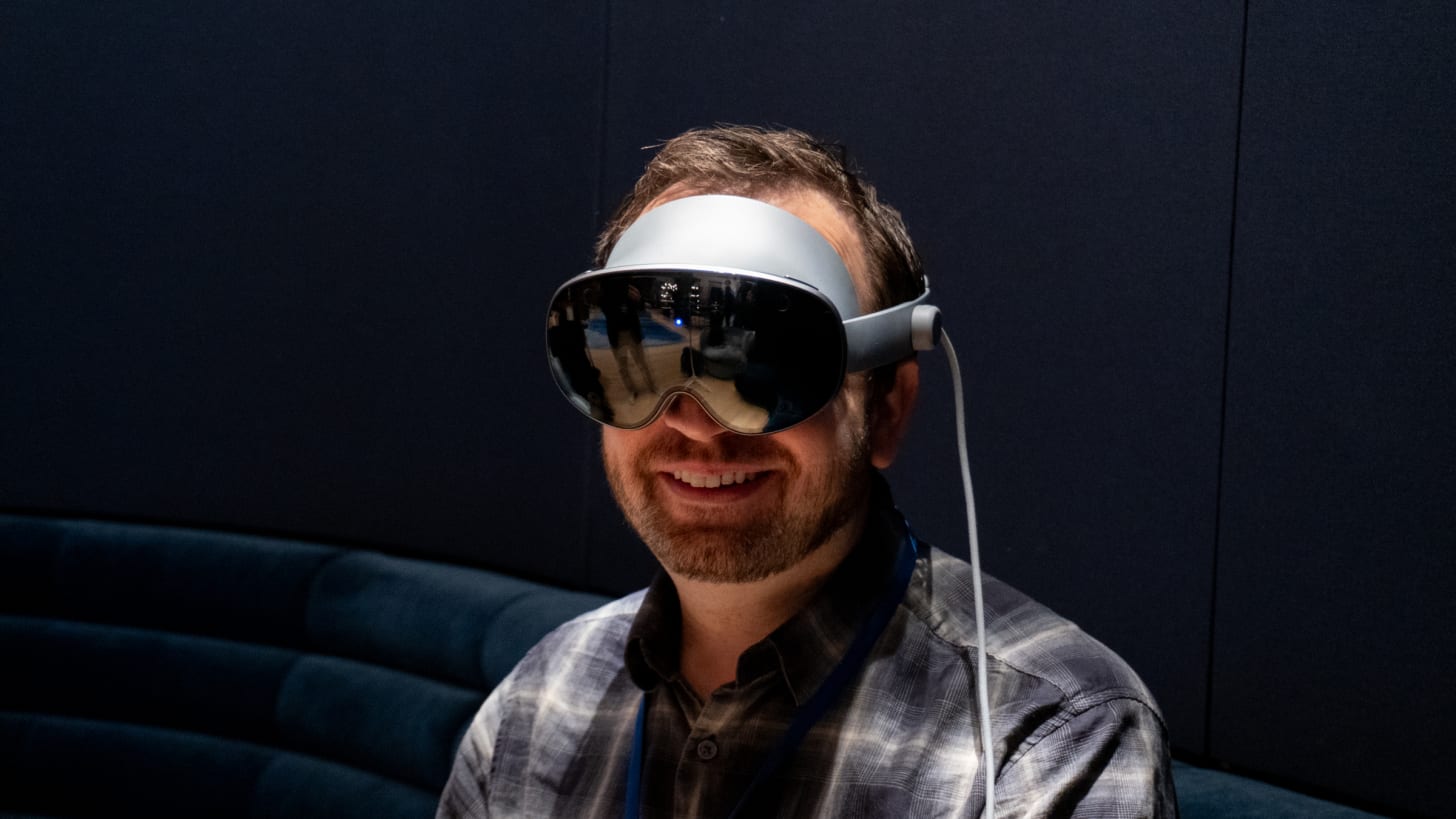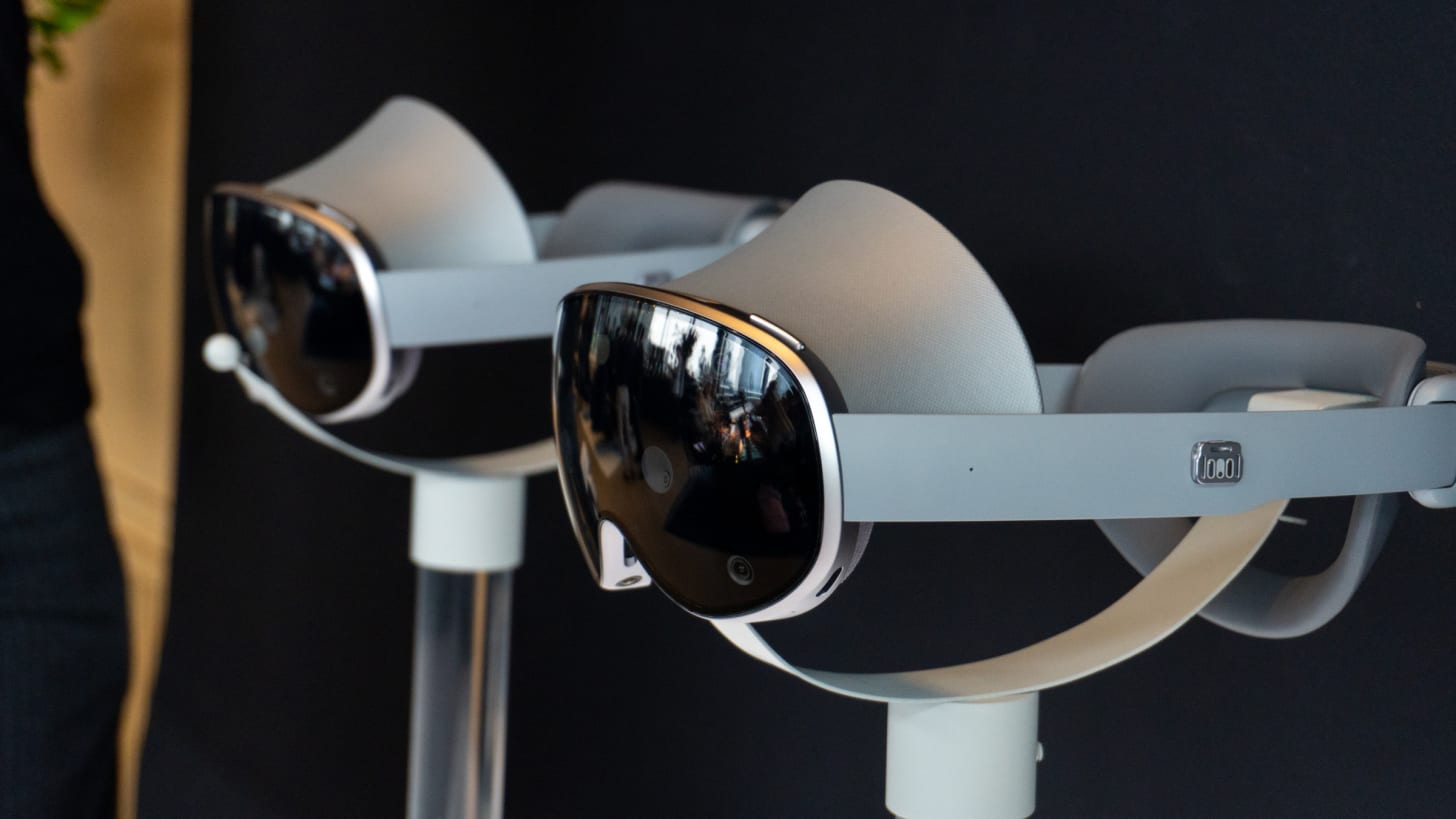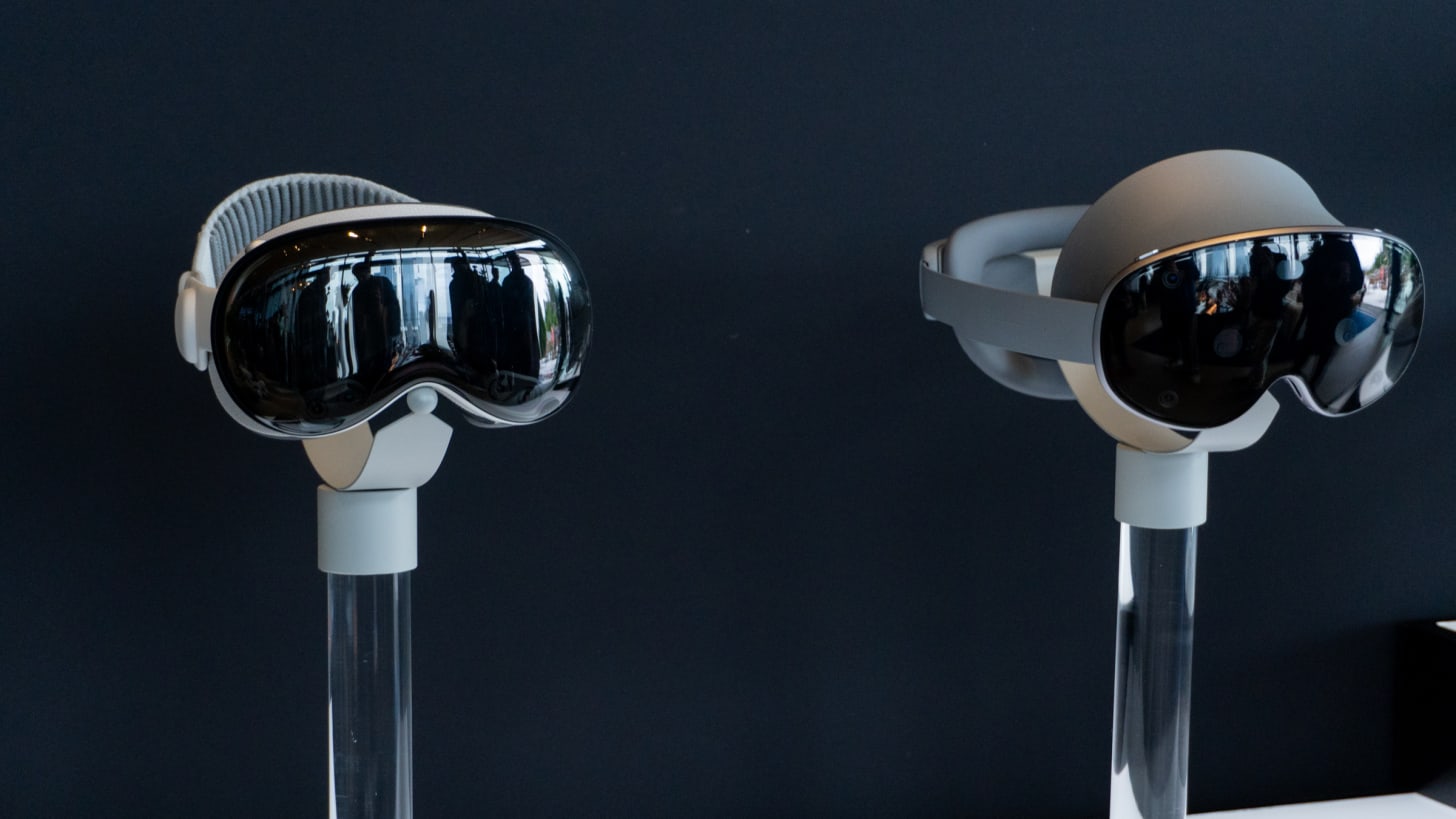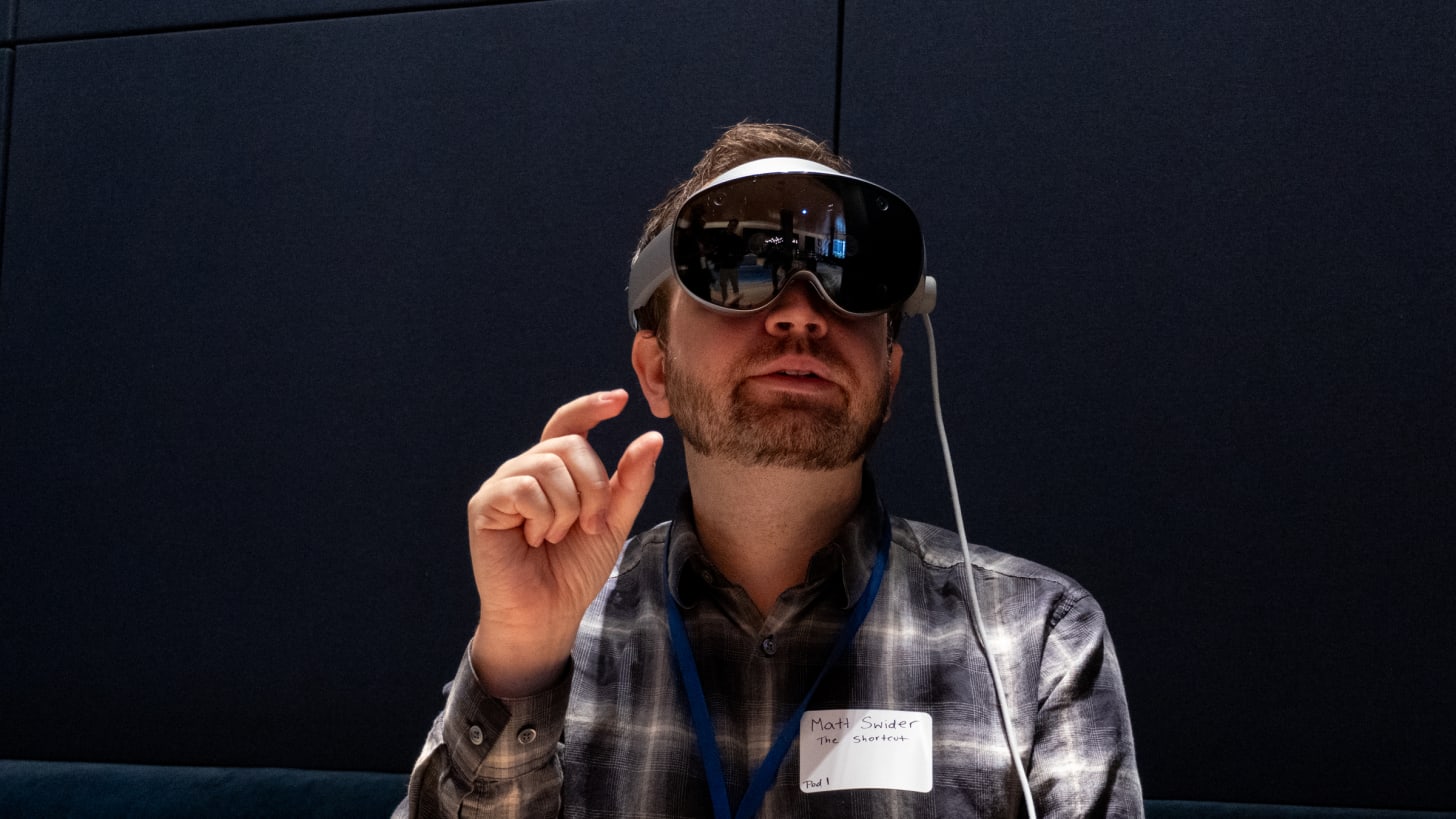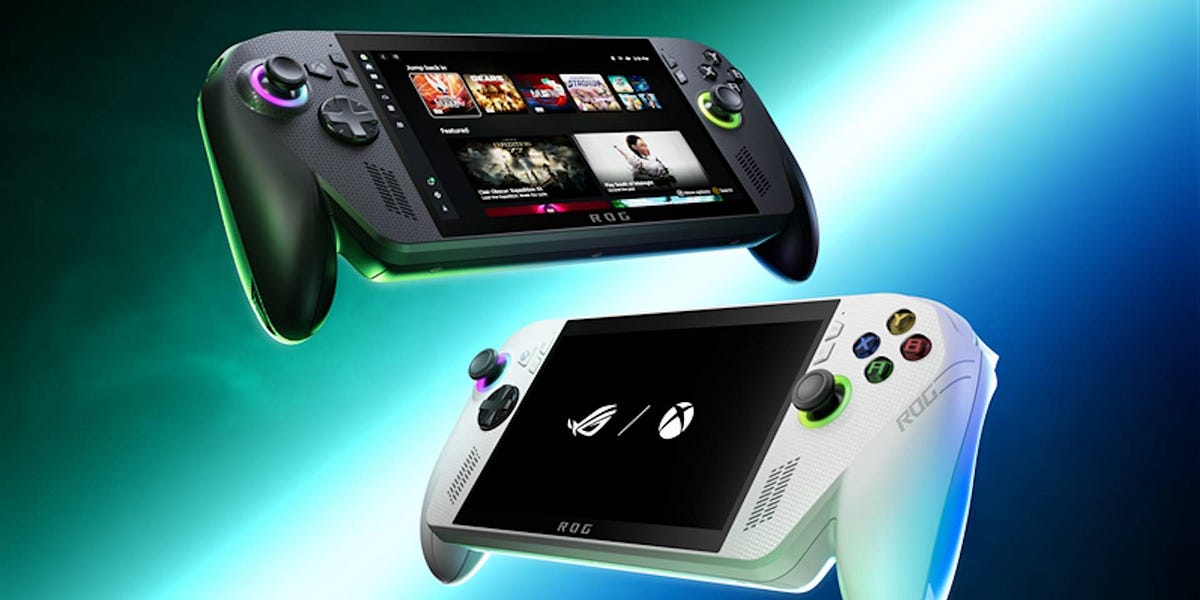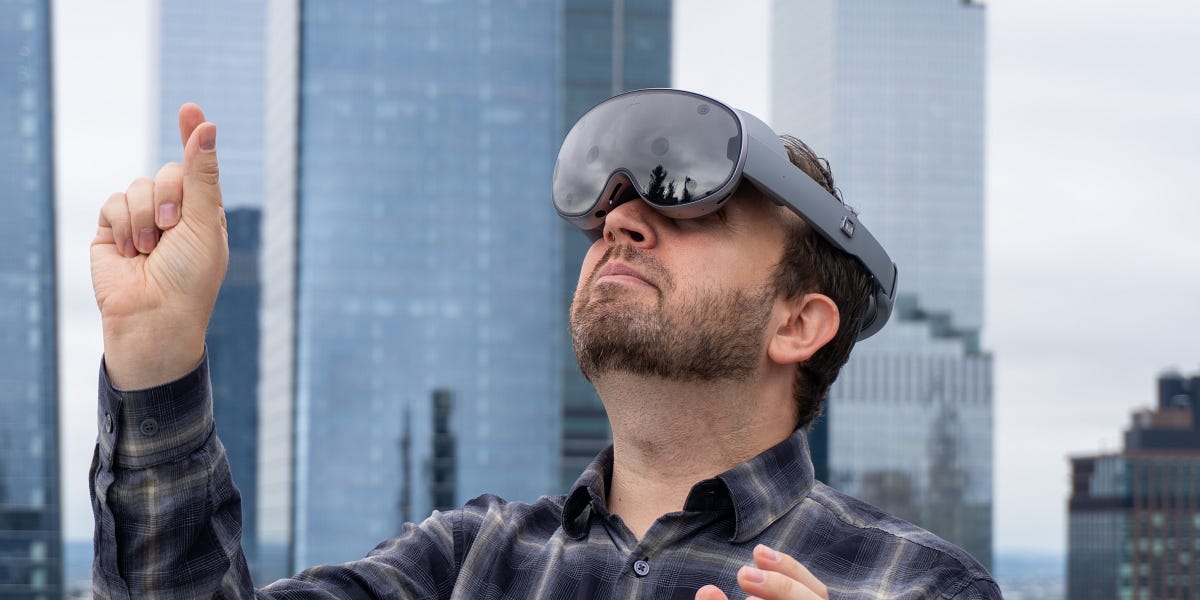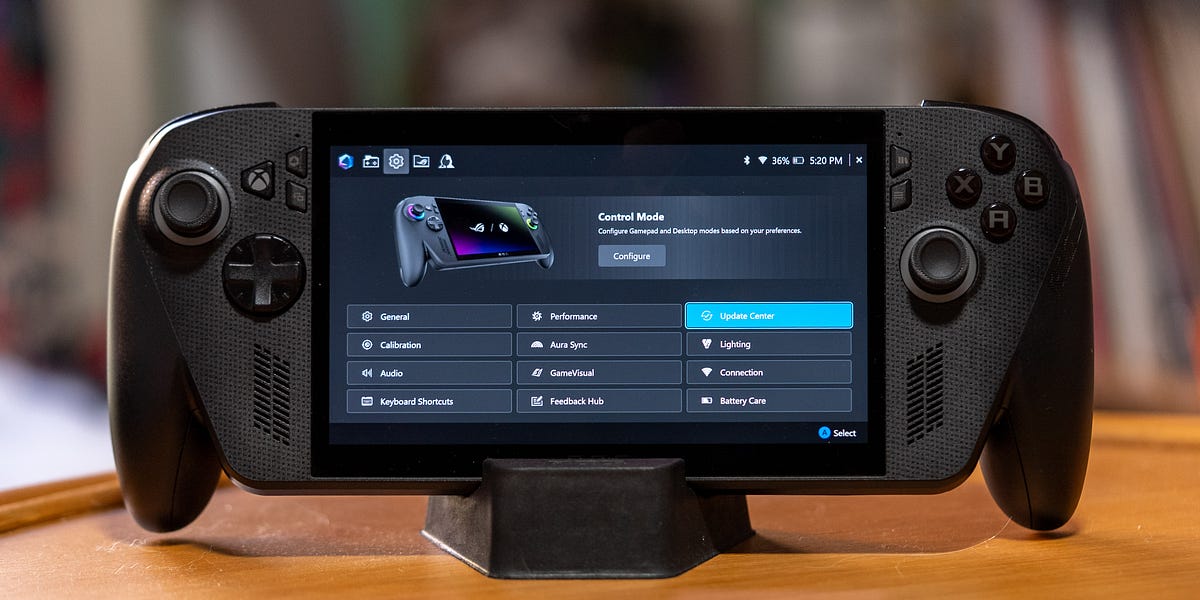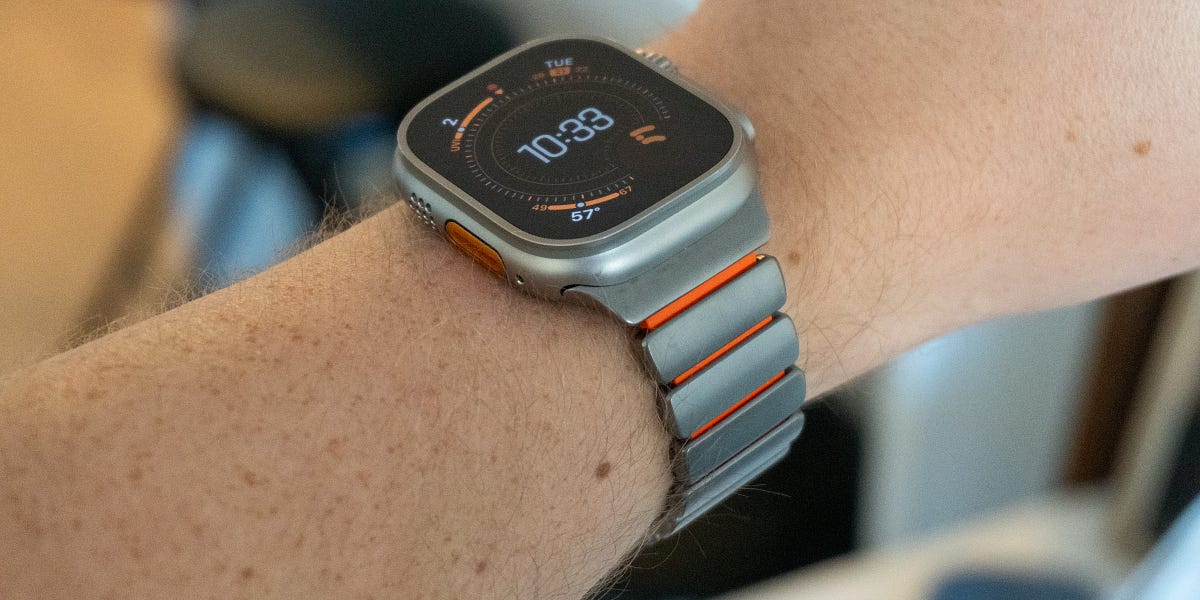🥽 Samsung just announced the Galaxy XR headset
🤖 It’s the first to be powered by Android XR and blends real life with digital interfaces
👀 While it carries a lot of the latest technologies, this isn’t its final form
👓 Samsung is said to be working towards a pair of smart glasses that fit like your average reader’s
🔮 Here’s a glimpse at what we can expect from Samsung’s headsets in the future, based on what we know now
Samsung and Google are taking on the Apple Vision Pro, while laying the groundwork for a future of smart devices we wear on our faces.
The Galaxy XR is the first headset to be powered by Android XR, a new open platform for developers to create mixed reality experiences that blend our digital and physical worlds together. The $1,799 headset has a similar concept to the Vision Pro, outfitted with a familiar design and feature set. It’s the way that XR devices look and act today, so it makes sense to see Samsung follow a similar path.
But this is just ground zero. We’ve heard rumors and outright teasers from companies (like Samsung) that smart glasses are on the way, but even more powerful versions than any pair of Google Glasses or Meta Ray-Bans. Rather, the technology we see today in headsets like the Galaxy XR and Vision Pro will be shrunken down to fit in the size of a pair of readers.
The question is: when will that occur? Based on what we’ve heard and the rumored development paths of companies like Samsung, here’s what we can expect from the future of face-mounted wearables.
Samsung: Galaxy XR (w/ promos)
This $1,799 headset is half the price of the $3,499 Apple Vision Pro. That already means the necessary technology to make an immersive, powerful headset is already coming down in price. That’s great, but what’s even more important is actually launching the headset itself.
The ecosystem of smart devices we wear on our faces is essentially nonexistent, save for the few we’ve seen from companies like Meta, Apple, and Samsung. Developers need devices to deploy their apps and experiences to, and a whole bunch of them to make the time and energy behind them worth it. Getting another new vertical out there in the form of an Android-powered XR headset is an important step in making the ecosystem more robust and accessible.
The Galaxy XR headset is well-positioned to be a good starting point for Samsung, too. The headset comes with high-end OLED displays that are gorgeous and deliver crisp visuals, while the Snapdragon XR2+ Gen 2 processor is powerful enough to run a bunch of different immersive experiences without issue, at least in our limited time using it.
Android XR also allows for a suite of advanced AI features powered by Gemini, which will feel instantly familiar to anyone who’s used it on their phones. From Circle to Search to Gemini Live to generating objects in real time, Gemini enables a ton of features you simply don’t get on headsets like the Vision Pro and Meta Quest. It allows you to look at the world around you and rely on advanced technology to learn, ask questions, and manage your digital life while not focusing solely on a 6-inch screen in your hand.
With its introduction, Galaxy XR doesn’t just make Android XR available to the masses. It also introduces features that sound compelling and could be life-changing if you have access to them right on your face.
Samsung: Galaxy XR (w/ promos)
Of course, using these features all day every day is next to impossible with current technology. Sure, it’s powerful enough to process it all, but these headsets are big and bulky. The Galaxy XR is about the size of the Vision Pro, but a bit lighter to wear. It only lasts 2.5 hours on a charge and requires a battery pack for any sort of extended use. Plus, the carrying case Samsung sells with it is quite large, so it isn’t like you can slip it into a backpack or purse.
But it’s too early for wishful thinking. We may live in 2025 with computers on our wrists that are more powerful than the computers used for NASA moon missions in the 1960s, but as far as smart glasses are concerned, it’s a completely different animal.
As my boss, Matt Swider, said in his Galaxy XR hands-on, “Wanting this level of an XR experience in a pair of smart glasses is like living in the 1950s complaining that ‘these mainframe computers the size of a building don’t fit into a MacBook Air!’ The tech isn’t here yet, but I think XR headsets are going to play an important role in building out the UI and app ecosystem. Smart glasses will be shaped by the early adopters of XR headsets.”
The direction these early XR headsets go in will shape how smart glasses are developed. There are a lot of things you can do with a Galaxy XR or Vision Pro, from zooming into 3D maps to visit destinations around the world to playing immersive video games that envelope the senses. Watching movies in a fake movie theater, working with multiple monitors from your laptop, shopping on Amazon for a new pair of shoes - the possibilities are endless, at least right now.
Eventually, enough people will use these headsets and define the bare essentials. Companies will gain an understanding of what consumers prioritize in face-mounted wearables and design products around that. Combined with ever-evolving technology, the components will shrink down and fit in a standard frame that you’ve seen at Lens Crafters. Whether you can watch the 80th Spider-Man alone in a fake movie theater with them is unclear, but more critical features like AI assistants, augmented digital objects, and multi-day battery life will likely be figured out by then.
For now, the Galaxy XR offers a glimpse into a future where we’re all using smart devices on our faces. No, it isn’t likely that these glasses will come any time soon, but we do know that Samsung, Apple, Meta, and others are actively working on them. Based on rumors, we could see a pair like this sometime in the 2030s. In the meantime, we have the Galaxy XR: an exciting competitor to the Vision Pro that will propel the category toward a compelling future.
Samsung: Galaxy XR (w/ promos)
Max Buondonno is an editor at The Shortcut. He’s been reporting on the latest consumer technology since 2015, with his work featured on CNN Underscored, ZDNET, How-To Geek, XDA, TheStreet, and more. Follow him on X @LegendaryScoop and Instagram @LegendaryScoop.

 13 hours ago
2
13 hours ago
2
